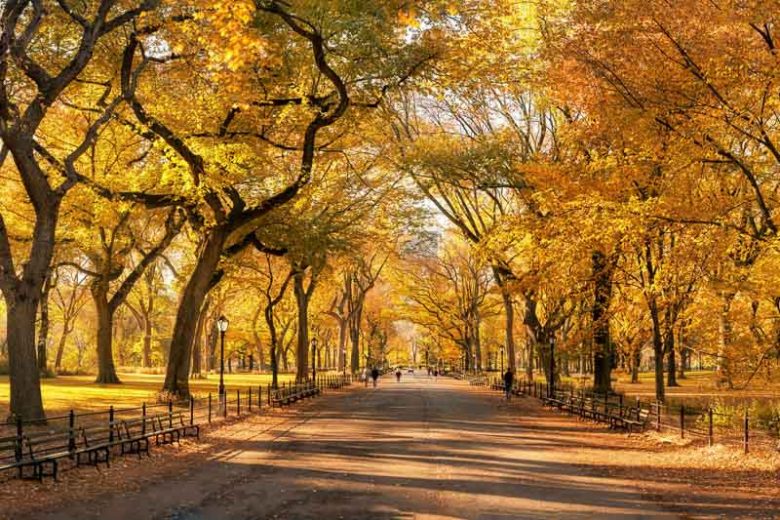White Elm: A Native American Beauty in Your Landscape
The White Elm, once a cornerstone of North American urban and rural settings, embodies a rich ecological and cultural legacy. Here’s a closer look at this iconic tree:
Urban Icon: Throughout the 19th and early 20th centuries, the White Elm was the preferred choice for urban landscaping in America. Admired for its towering structure and expansive canopy, it became a signature of Main Street, USA.
Symbolism: Known for its sturdy nature and ubiquitous presence, it symbolized resilience and strength, frequently gracing public areas and streetscapes.
Epidemic Struggle: Tragically, the species faced near devastation due to Dutch Elm Disease, an invasive fungal infection first detected in Ohio in 1930, resulting in the loss of millions of trees nationwide.
Resilient Survivors: Some individual trees withstood this disease, sparking initiatives for developing resistant strains and conserving the species.
Growth and Longevity: The tree’s popularity was partly due to its quick growth, offering rapid shade. In ideal conditions, it can survive for several centuries.
Ecological Role: White Elms create habitats for diverse wildlife, including birds and small mammals, enhancing local biodiversity.
Notable Trees: Among its famous specimens are Maine’s “Herbie” and Boston’s “Liberty Tree,” each carrying significant historical and cultural stories.
Utilitarian Wood: Its strong, durable wood was historically used in various industries, from shipbuilding to furniture crafting.
Environmental Impact: As a large deciduous species, it plays a vital role in carbon storage and air quality enhancement.

